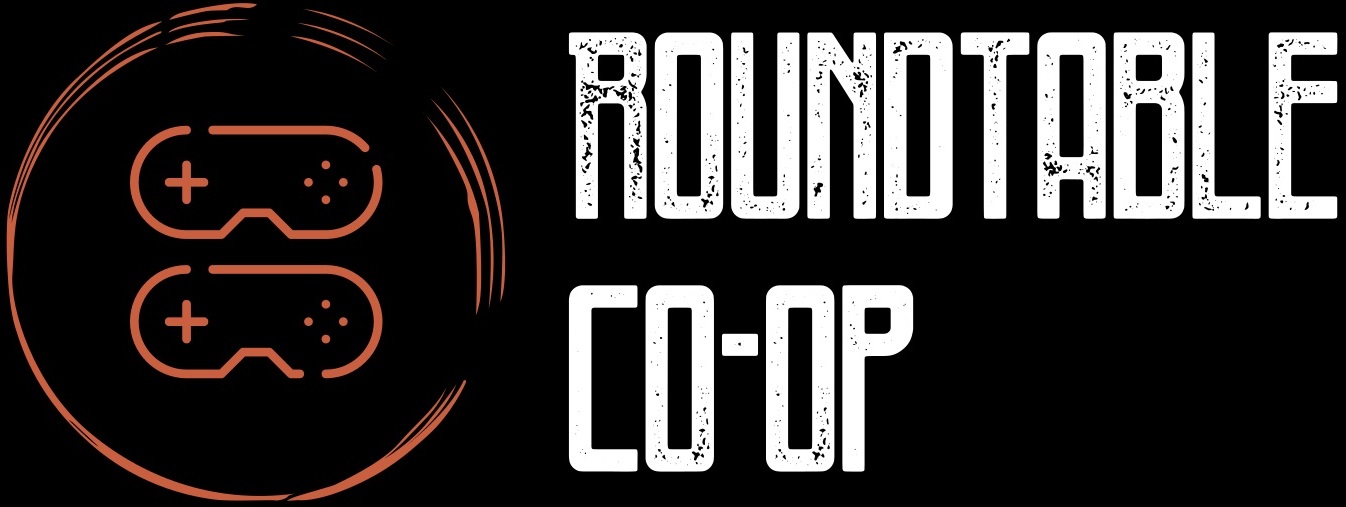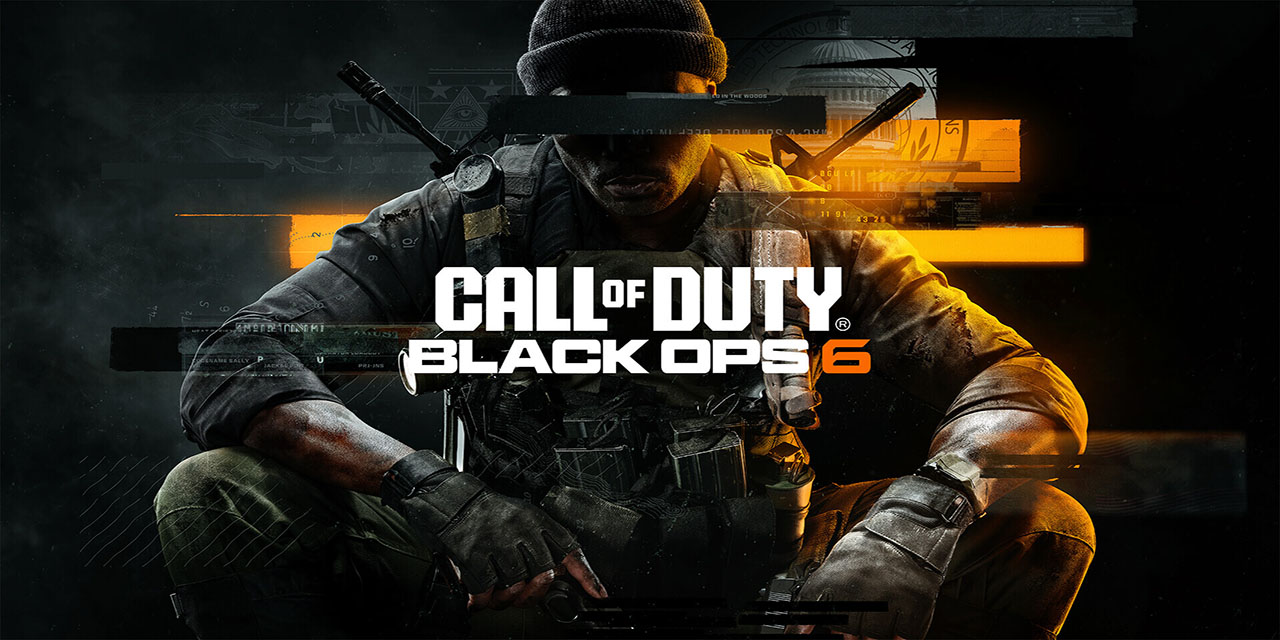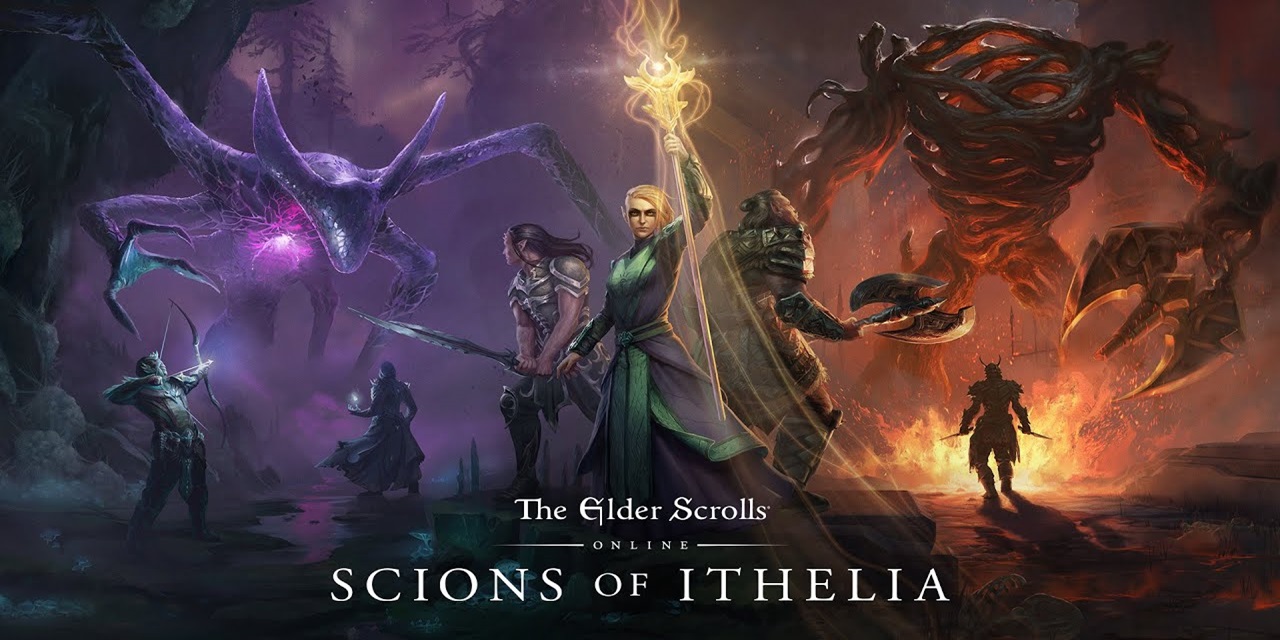As Black Ops 7 prepares to launch this week, it’s the perfect time to look back at Call of Duty: Black Ops 6. This game was tasked with not only delivering a fresh core experience but also sustaining the massive Warzone ecosystem for an entire year. The result was a mixed tapestry, but I did enjoy the heck out of the campaign, while multiplayer and warzone had some struggles with network consistency and led to some mixed feelings overall.
The campaign of Call of Duty: Black Ops 6 is set in the early 1990s, during the period of global political transition marked by the end of the Cold War. The storyline follows a mix of familiar characters like Frank Woods and Russell Adler, along with new operatives, as they tackle a new threat called The Pantheon, rumoured to be developing a history-changing bioweapon.
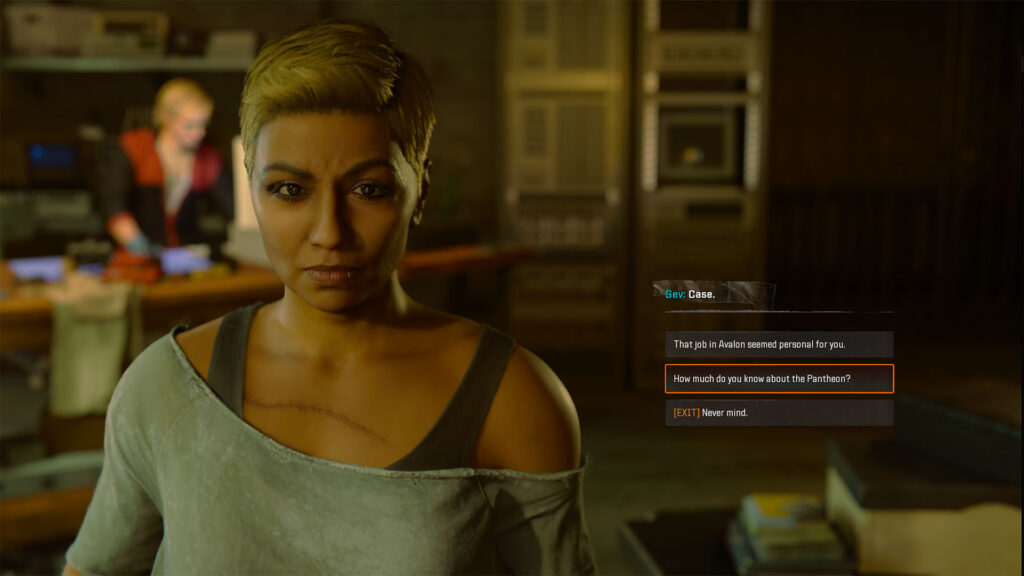
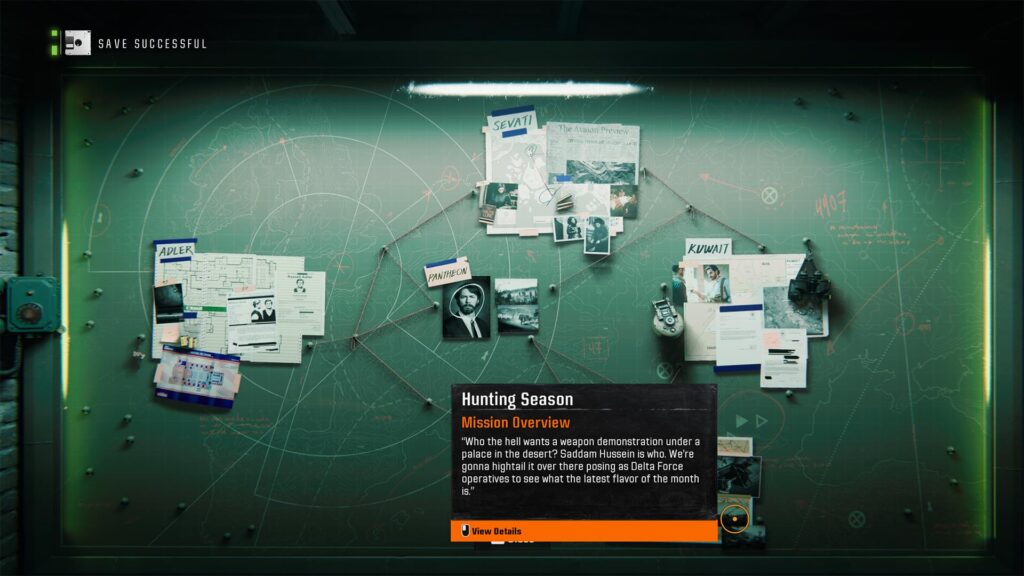
The voice acting in the campaign is top-notch, with each character delivering a powerful performance that adds depth to the narrative. Frank Woods’ gruff demeanour and Russell Adler’s stoic presence are brought to life by the actors, making the characters feel more real and relatable. This time around, Lou Diamond Phillips was the most immediately recognisable character playing CIA Deputy Director Daniel Livingstone, who sets the rogue premise for the story.
The campaign offers a mix of traditional linear missions and sandbox environments. Missions like “Hunting Season” and “High Rollers” stand out, providing players with choices on how to approach objectives which adds some replayability. The game also includes several set-piece moments that are visually stunning and adrenaline-pumping, such as a high-speed chase through the streets of Berlin and a tense infiltration mission in a remote Soviet facility.
Call of Duty: Black Ops 6 Multiplayer
The multiplayer mode in Call of Duty: Black Ops 6 introduced 16 new maps at launch, including 12 core 6v6 maps and 4 Strike maps for 2v2 or 6v6 gameplay. The new omni-movement system adds a fresh dynamic to the gameplay, allowing for more fluid and versatile combat. Players can perform manoeuvres like wall-running, slide-dashing, and grapple-hooking to gain the upper hand in engagements.
The multiplayer tutorial was excellent and engaging, guiding you through the new mechanics and ensuring you were well prepared for those first matches. This helped both new and returning players dust off the cobwebs and get into the action. The progression system is well-designed, offering a variety of rewards and customization options as players level up. However, skill-based matchmaking continues to be a point of contention among players, with some finding it frustrating as it often pits them against opponents of varying skill levels.
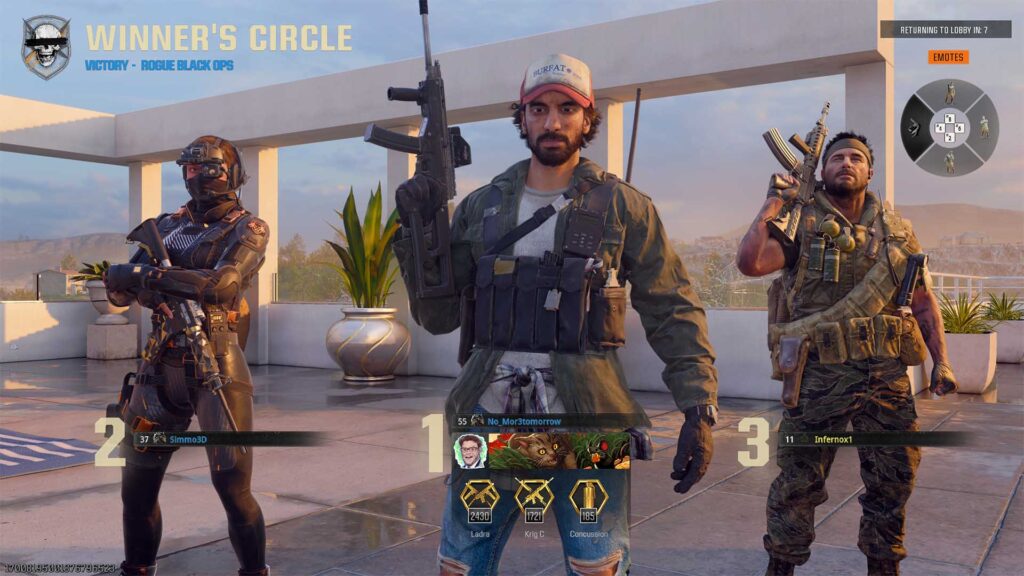
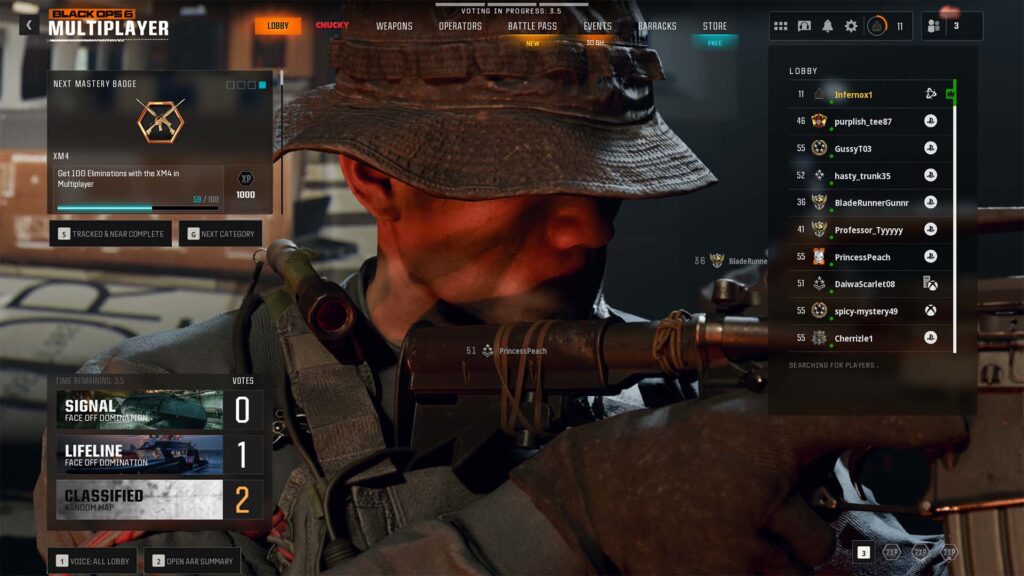
The game notably returned to the classic 100 HP base health model, resulting in a naturally quicker Time to Kill (TTK) than its immediate predecessor. While intended to complement the aggressive Omni-movement, for many players including myself, the shine wore off quickly.
The core issue wasn’t just the TTK speed, but the technical execution. Many deaths felt instantaneous due to “superbullets,” where server latency and netcode issues bundled damage packets, raising the skill floor and creating frustrating, unreactable gunfights. This inconsistent performance prevented the classic Black Ops map design from truly shining, leading to faster player drop-off than anticipated.
Warzone Changes
Warzone in Call of Duty: Black Ops 6 saw significant updates, including new modes, bug fixes, and improvements to existing features. The dynamic weather system was a notable addition, adding an extra layer of strategy to matches as players had to adapt to changing conditions like rain, fog, and storms. The new Redeploy Drone mechanic allowed players to quickly reposition across the map, adding more verticality and mobility to engagements.
However, the game faced waves of challenges with cheating and hacking, leading to a decline in player numbers and the developers delaying planned seasonal content. This period was marked by community dissatisfaction as focus shifted entirely to foundational fixes and quality-of-life improvements.
The ultimate turning point was the return of the original Verdansk map in the spring of 2025. This move, celebrating the battle royale’s fifth anniversary, successfully ignited the player base. The return of the community’s most beloved map was a powerful injection of nostalgia and served as a much-needed course correction that saved the year for the battle royale component, making it feel fresh again despite the earlier stumbles.
Zombies Mode
The Zombies mode in Call of Duty: Black Ops 6 continued to be a fan favourite, signaling the epic return of Round-Based Zombies. Season 2 saw the addition of map “Forsaken Shadows” which offers a mix of tight corridors and open areas, challenging players to adapt their strategies. In addition, the introduction of the Augments system allowed for deep customization of classic Perk-a-Colas, giving veteran players new reasons to grind for diverse character builds.
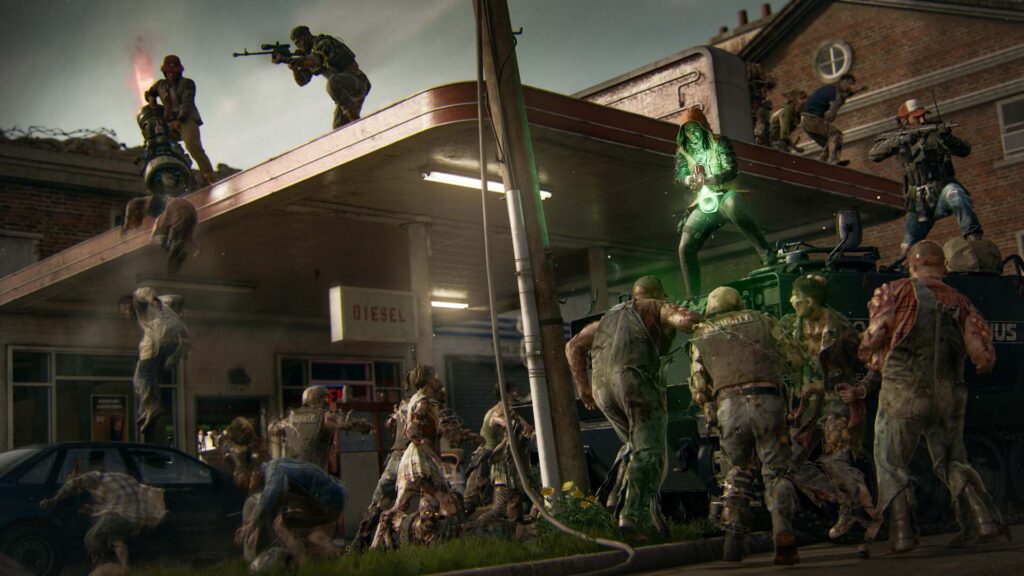
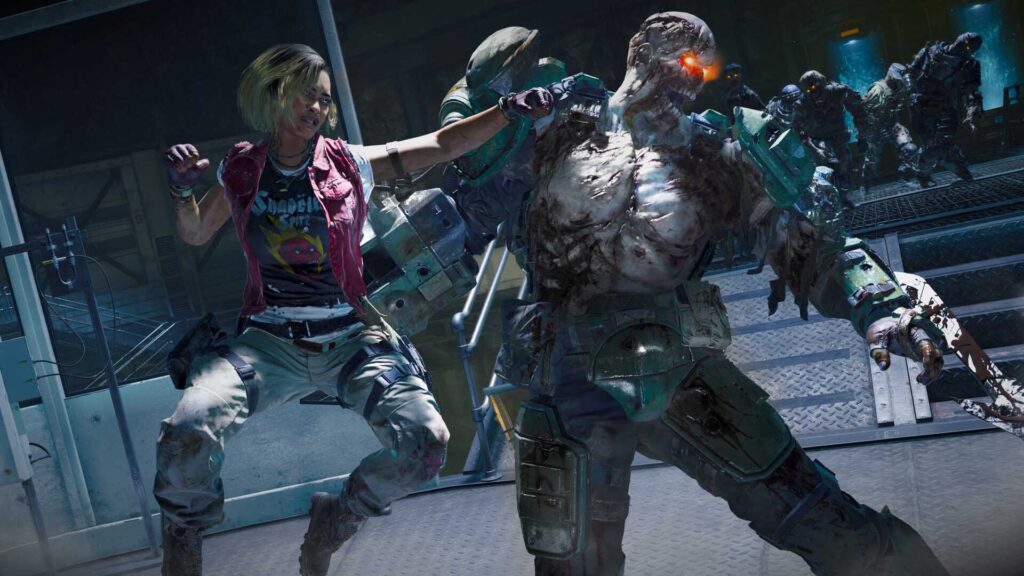
Overall, Call of Duty: Black Ops 6 delivers a solid experience with its engaging campaign, diverse multiplayer maps, and ongoing updates to Warzone and Zombies modes. The game’s graphics and voice acting are standout features, adding to the overall immersion. Multiplayer felt fast, fun, and competitive, but the quick TTK, coupled with server issues, ultimately created a frustrating experience that struggled to hold its audience. The Warzone integration followed the same boom-and-bust cycle, requiring a heavy dose of nostalgia in Verdansk to offset earlier technical disappointments. With Black Ops 7 just around the corner, some awesome additions to campaign progression and zombies experiences await.
This review utilised a key provided by Blizzard ANZ and Call of Duty: Black Ops 6 is available now on Steam, Xbox, and PlayStation.
#roundtablecoop
